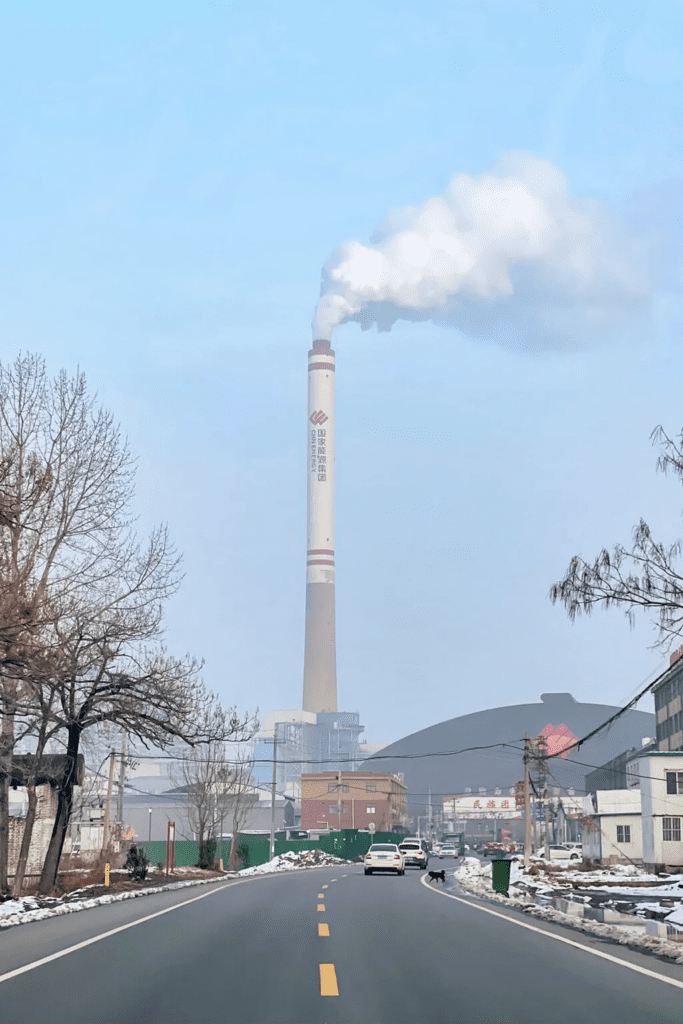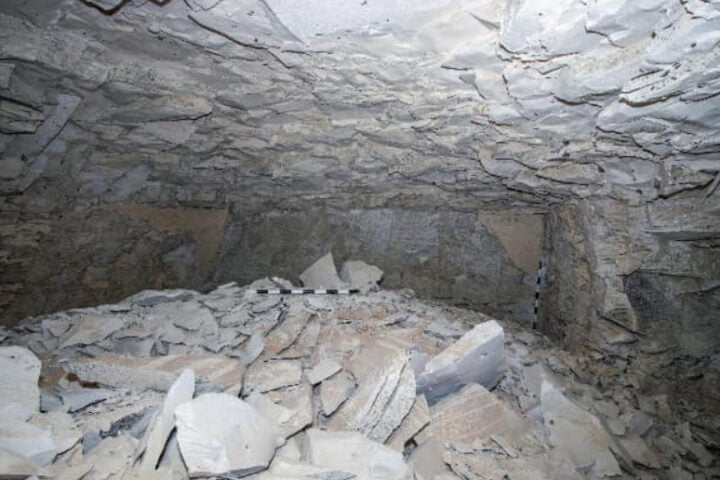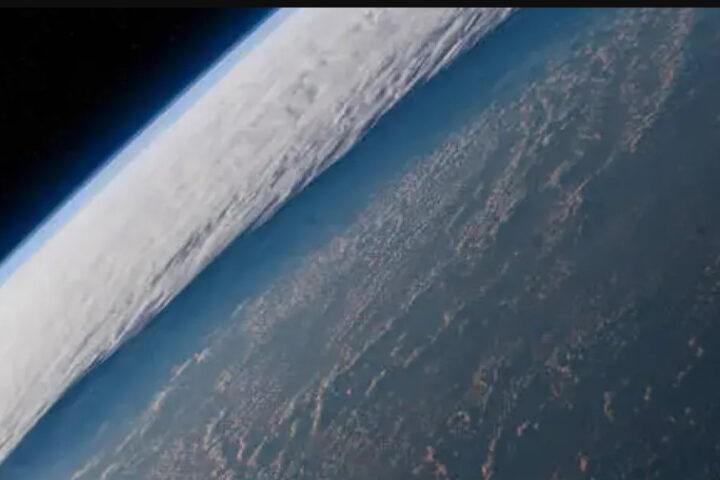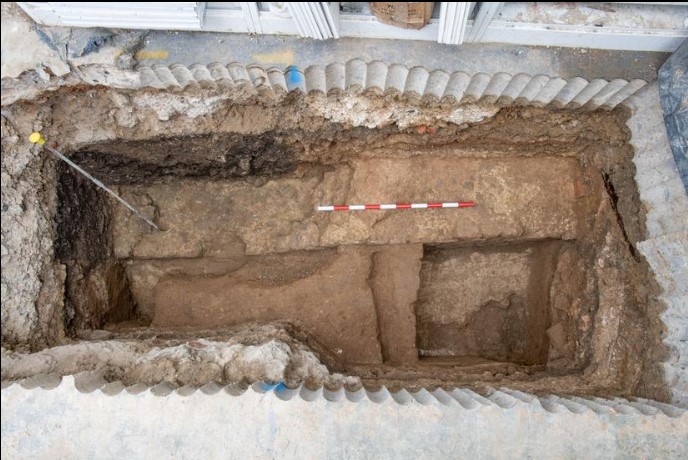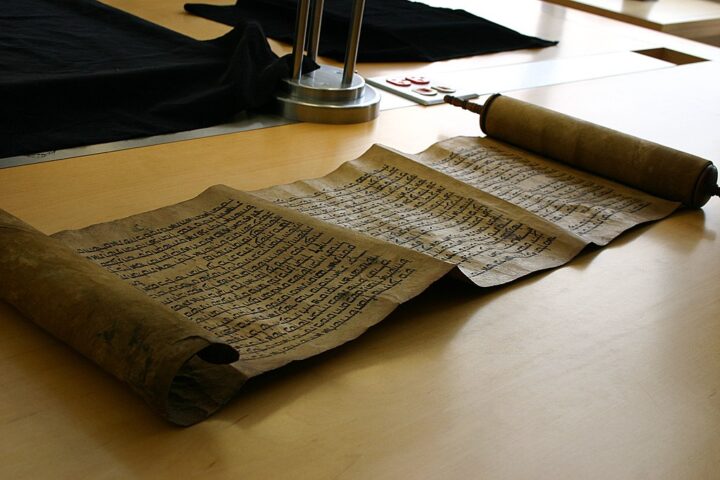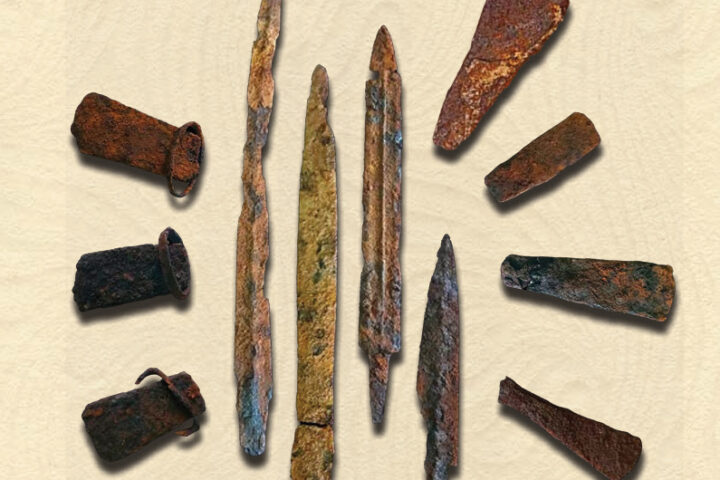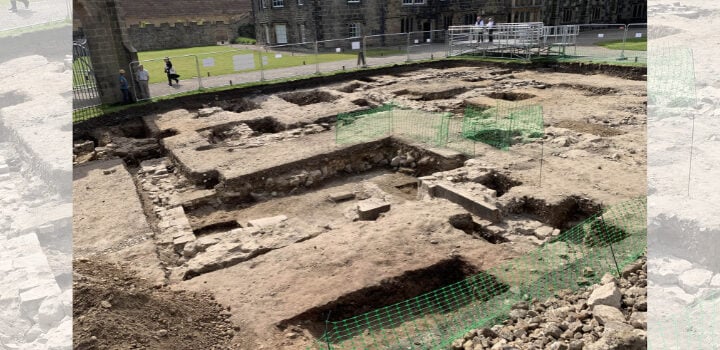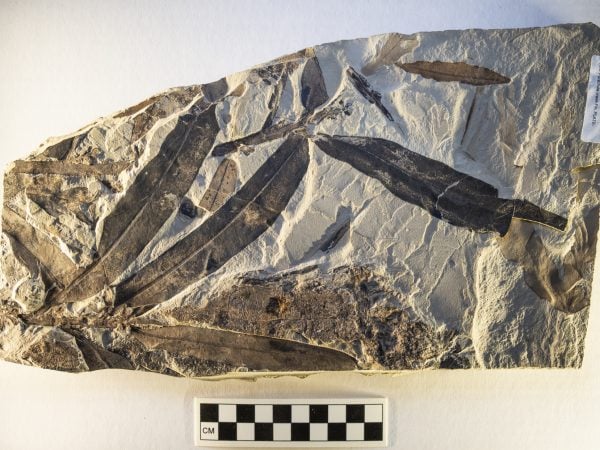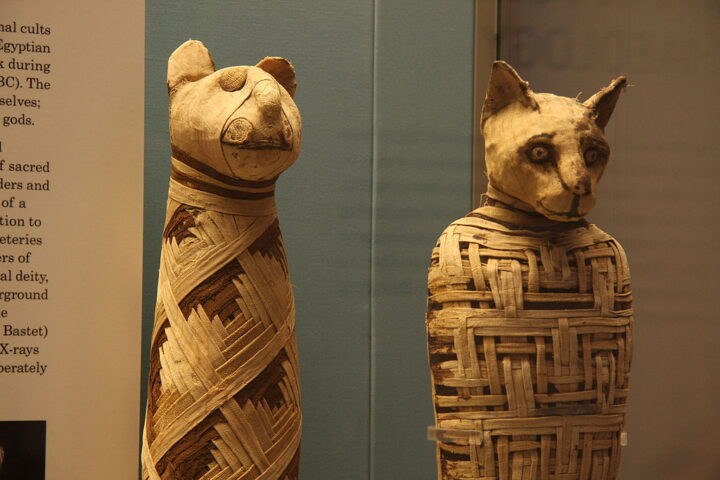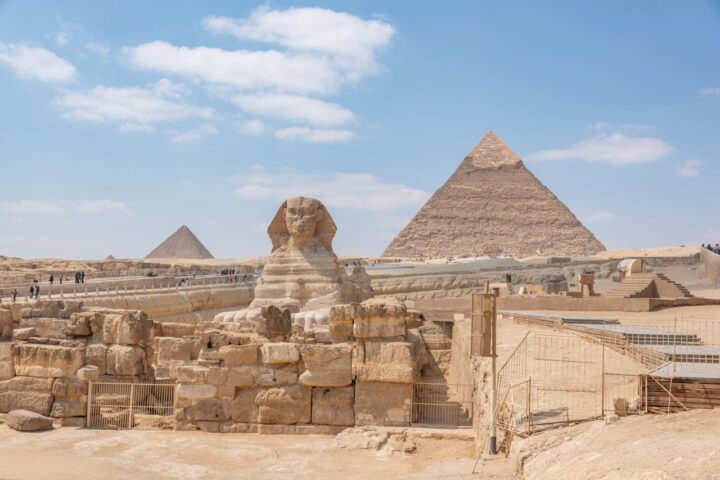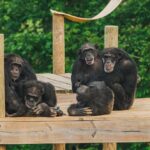Peruvian researchers have unearthed fossils of a colossal early whale, named Perucetus colossus, potentially dethroning the blue whale as the heaviest known animal. The ancient marine mammal lived approximately 38-40 million years ago during the Eocene epoch. Bearing resemblance to a manatee in structure, Perucetus colossus was estimated to measure about 20 meters (66ft) in length. The colossal whale’s estimated mass reached up to a staggering 340 metric tonnes, outclassing the largest blue whales and dinosaurs. Giovanni Bianucci, a paleontologist from the University of Pisa, Italy, emphasized the remarkable evolutionary implications of the creature’s extreme weight.
Even the minimum mass estimate for Perucetus colossus of 85 tonnes surpasses most large animals, with an average estimate pegged at around 180 tonnes. Its heavyweight stature surpasses the known weight of the Argentinosaurus dinosaur, estimated to have weighed about 76 tonnes. The discovery of Perucetus colossus was initially made more than a decade ago by Mario Urbina of the University of San Marcos’ Natural History Museum in Lima, Peru. Researchers unearthed the fossils from a steep slope in the Ica desert, Peru, an area once submerged underwater and renowned for its rich marine fossils. The excavation resulted in a collection of unusually voluminous and dense bones, including 13 vertebrae, four ribs, and a hip bone.
The extraordinarily dense bones suggest that Perucetus colossus was likely a coastal dweller, similar to manatees and dugongs, with heavy bones aiding in maintaining proximity to the seafloor. The lack of cranial or tooth remains poses challenges in determining its diet and lifestyle, though researchers propose it likely fed near the bottom of shallow coastal waters. Its slow, peaceful nature and voluminous body structure has led to comparisons to a supersized manatee by paleontologist Olivier Lambert of the Royal Belgian Institute of Natural Sciences. The skeletal traits of Perucetus colossus suggest a close relation to Basilosaurus, another early, yet less massive whale known for its predatory capabilities.
Each of the colossal whale’s vertebrae weighs over 220 pounds (100 kilograms), and its ribs measure nearly 5 feet (1.4 meters) in length. Following the excavations, the team utilized 3D scanners and internal drilling to study the ancient whale’s bones. The fossils of Perucetus colossus are said to be unlike anything ever seen, according to Alberto Collareta, a paleontologist at Italy’s University of Pisa. Researchers believe that the newly discovered whale, despite being shorter than the blue whale, might have been the heaviest animal ever due to its denser and heavier bones.
The team’s calculations estimate that the ancient whale weighed between 94 and 375 tons (85 and 340 metric tons), placing it within the range of the largest blue whales ever found. The dense, heavy bones of Perucetus colossus suggest a lifestyle spent in shallow coastal waters, much like present-day manatees. The diet of P. colossus is yet to be conclusively determined, with possibilities ranging from seafloor scavenging to consumption of krill and other small marine organisms. The discovery of such a colossal animal from a different era underscores the diversity and adaptability of life on Earth. In terms of skeletal mass, Perucetus was estimated to be two to three times that of a well-documented blue whale named Hope, despite being shorter.
Similar Post
The study of Perucetus colossus has opened up new opportunities to further explore and understand the biology of such ancient, enormous creatures. Unveiling Perucetus colossus has redefined our understanding of gigantism in whales, previously thought to have emerged just 4.5 million years ago. The unique structure and characteristics of Perucetus colossus pose intriguing questions about how such colossal creatures evolved and adapted to their environment. The discovery of Perucetus colossus, quite literally, expands our perspective on the scale of life and evolution in Earth’s history.

